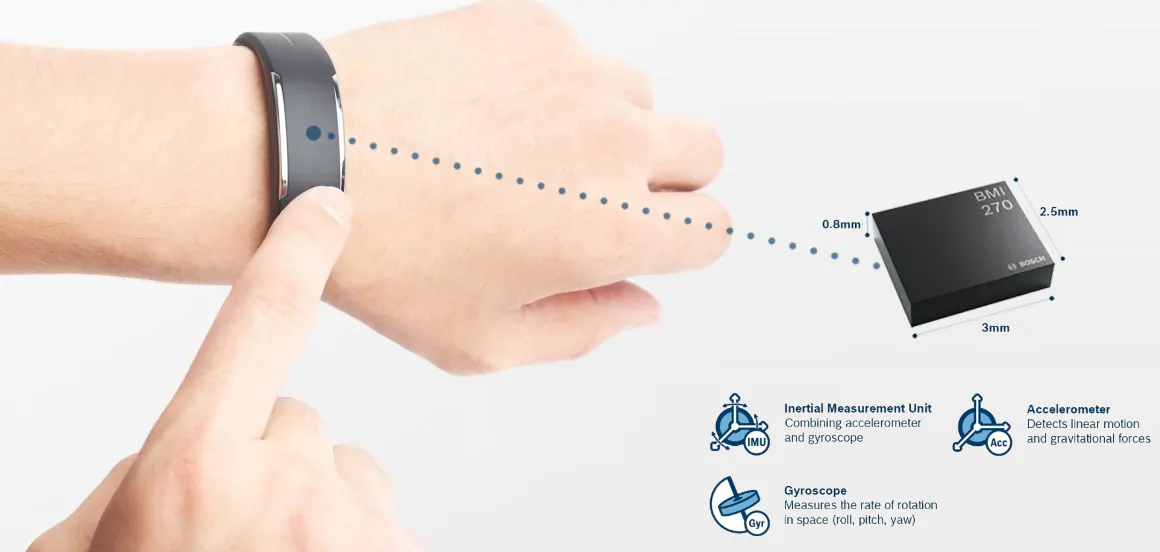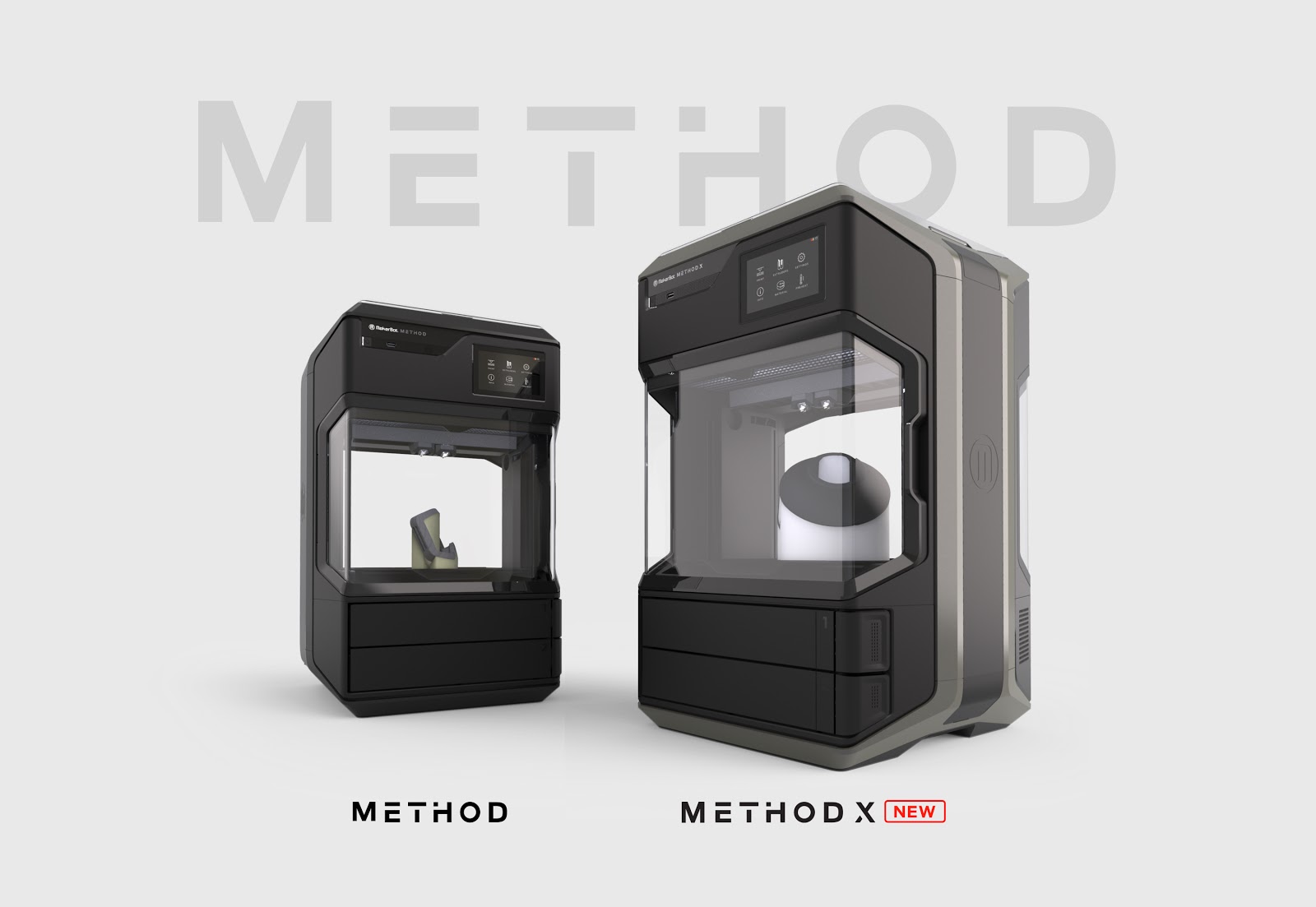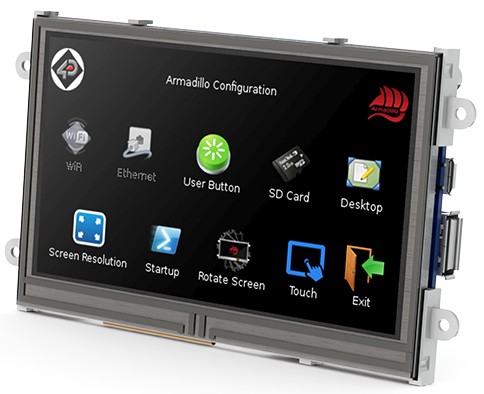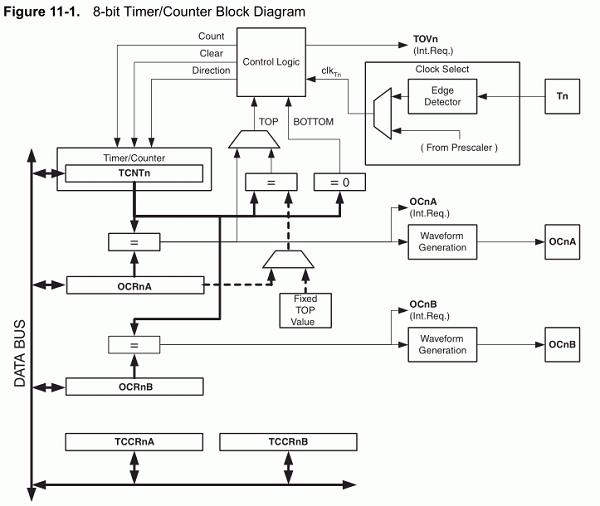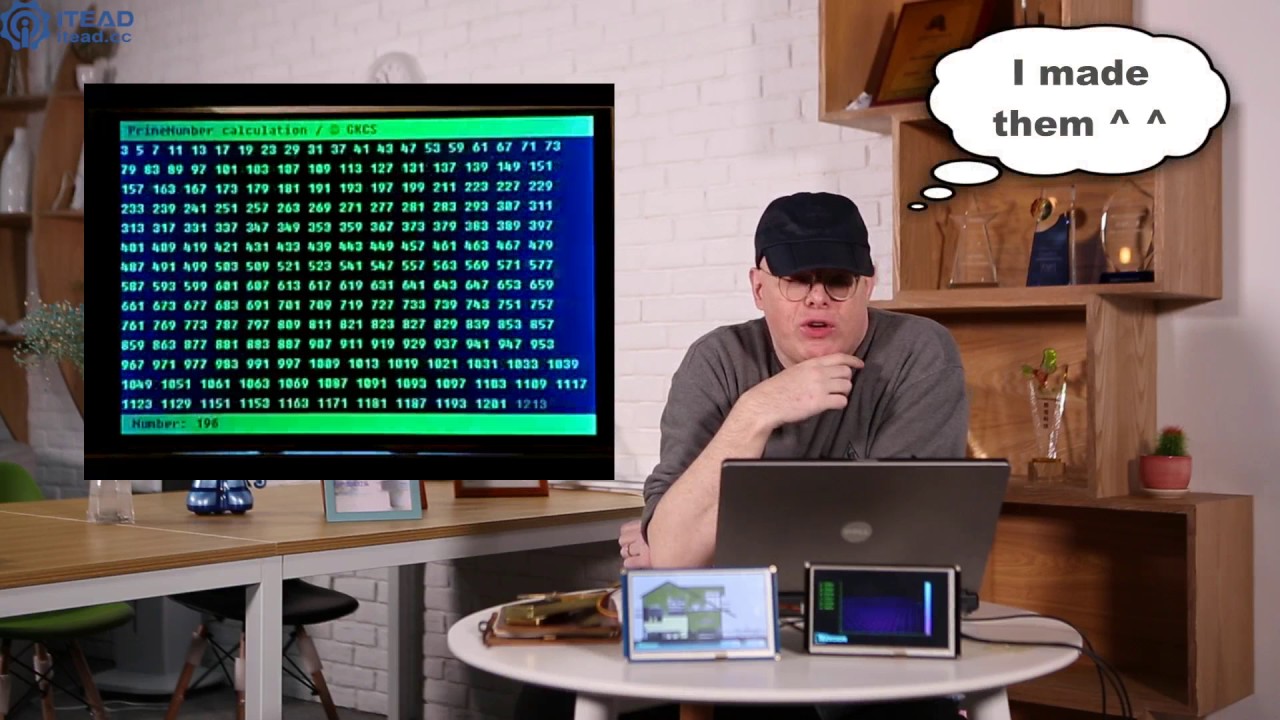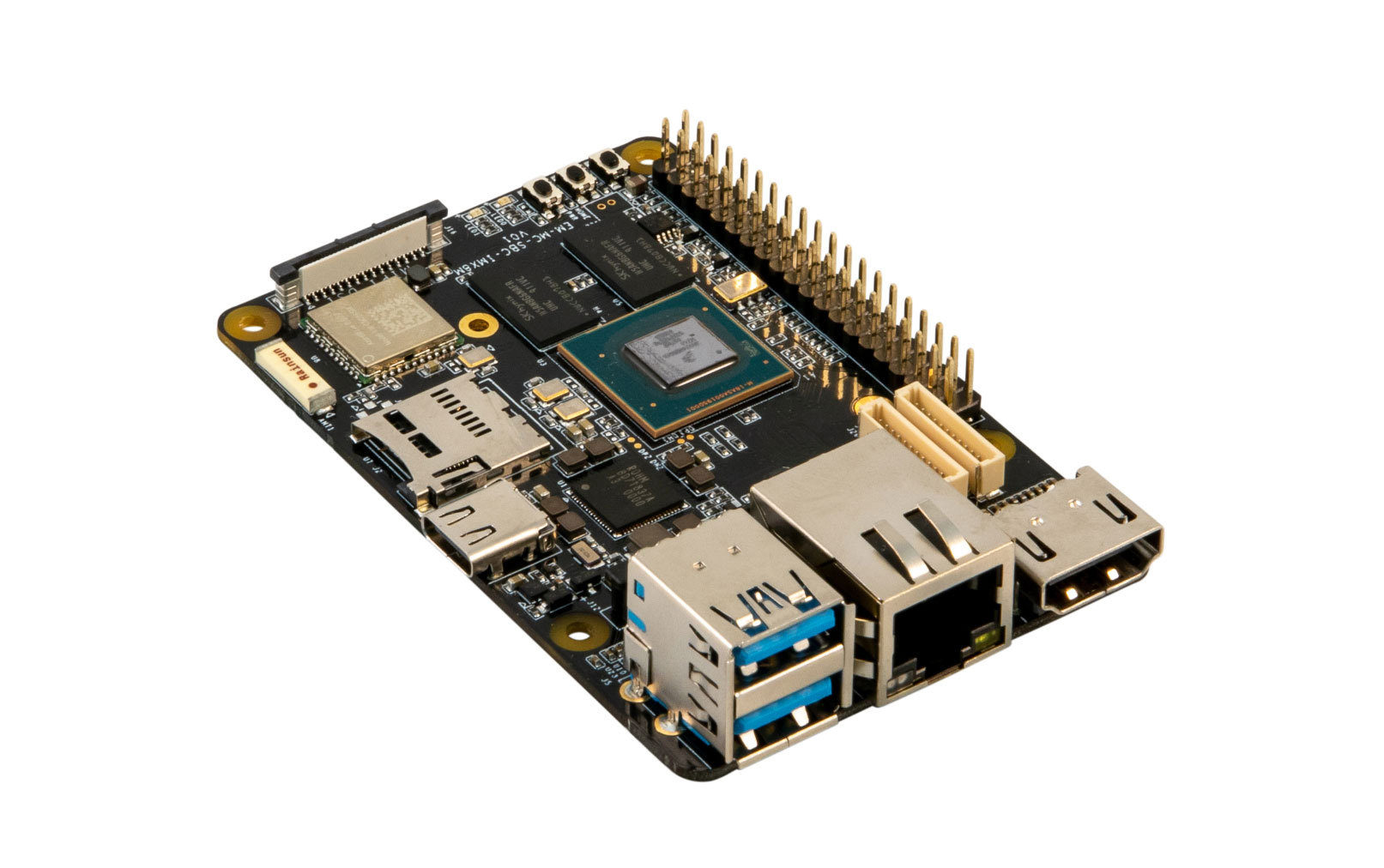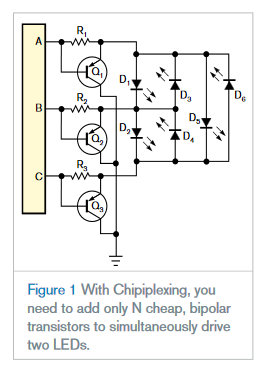
“Chipiplexing” efficiently drives multiple LEDs using few microcontroller ports
by Guillermo Jaquenod @ edn.com
Actual microcontrollers have powerful bidirectional I/O ports, and you can use different techniques to fully exploit such capabilities. Recent Design Ideas described the “Charlieplexing” method as an effective way to drive M=N×(N–1) LEDs using only N bidirectional I/O ports and N resistors (reference 1 and reference 2). Unfortunately, using Charlieplexing allows you to drive only one LED at a time, so, when using a large number of LEDs, only a tiny slice of time is available to multiplex each LED: TDRIVE=T/M, where T is the PWM excitation period. As a consequence, to obtain a given average current and bright LEDs, you must excite them with a current M times higher, and you can’t usually obtain such peak currents from the microcontroller port.
“Chipiplexing” efficiently drives multiple LEDs using few microcontroller ports – [Link]





